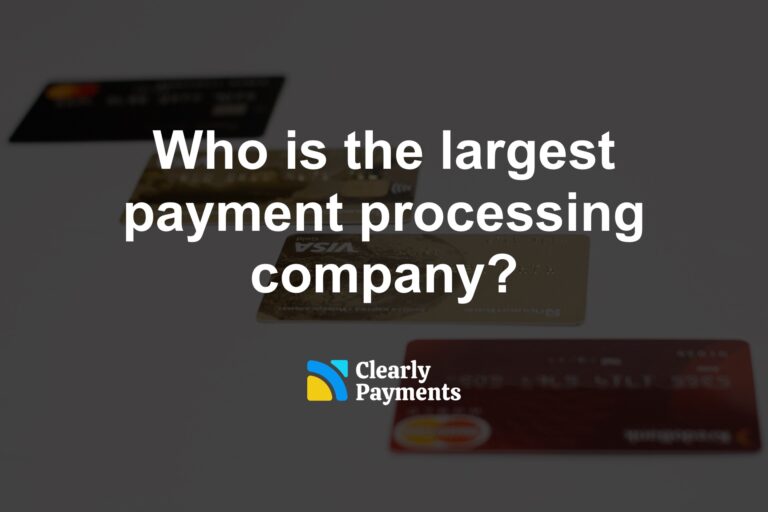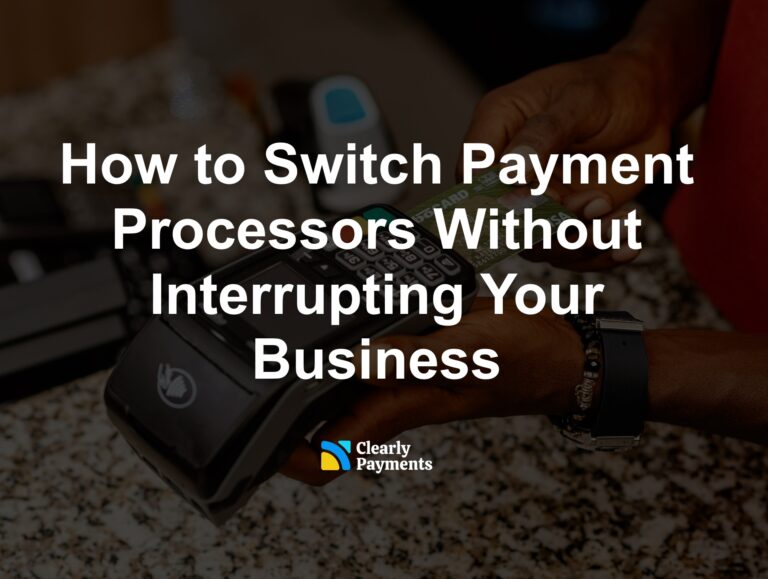For merchants, declined credit card transactions are frustrating. This article explores the most common reasons credit cards are declined and provides estimated statistics for each, and offers actionable tips to mitigate their impact.
On average, about 5-10% of all card transactions get declined, depending on the industry and transaction type. Of the credit card declines, the table below gives an estimate for the decline reason and the percentage chance they happen.
| Reason | Estimated % of Declines |
|---|---|
| Insufficient Funds/Over Limit | 30-40% |
| Incorrect Card Information | 15-25% |
| Expired Card | 5-10% |
| Fraud/Suspicious Activity | 10-20% |
| Technical Issues | 5-10% |
| Card Not Activated | 2-5% |
| Lost/Stolen Card | 5-10% |
| Merchant Restrictions | 1-3% |
Insufficient Funds (30-40% of declines)
This is the most common reason credit cards are declined. When a customer doesn’t have enough available credit or funds to cover the transaction amount, the issuer rejects the charge. This situation often arises due to high credit utilization or unexpected expenses.
Example: A customer attempts to purchase a $300 item but only has $250 available on their credit card.
Solution for Merchants:
- Encourage alternate payment methods: If possible, suggest splitting payments across multiple cards or using a different payment method.
- Offer payment plans: For larger purchases, consider offering installment plans to spread the cost over time.
Incorrect Card Information (15-25% of declines)
Errors in entering card details—such as the card number, expiration date, CVV, or billing address—are especially common in online transactions. These mistakes prevent payment processors from authorizing the charge.
Example: A shopper entering their address incorrectly during an online checkout process.
Solution for Merchants:
- Implement autofill features to minimize manual errors.
- Use address verification systems (AVS) to prompt customers to correct mismatches.
- Clearly indicate required fields and provide user-friendly error messages.
Expired Card (5-10% of declines)
A cardholder may unknowingly attempt to use an expired card, leading to a declined transaction. While card issuers generally send replacement cards before the expiration date, delays or oversight can result in this issue.
Solution for Merchants:
- Clearly display expiration date fields during checkout to prompt users to check their card’s validity.
- Encourage customers to update their card information regularly in their accounts.
Suspicious or Fraudulent (10-20% of declines)
Credit card issuers monitor transactions for unusual activity that may indicate fraud. Purchases made in a new location, unusually large transactions, or frequent small purchases in quick succession can all trigger a decline as part of the issuer’s security protocols.
Example: A cardholder traveling internationally tries to use their card, but the transaction is flagged as unusual.
Solution for Merchants:
- Enable tools that allow customers to verify transactions in real time, such as SMS or email confirmations.
- Clearly communicate fraud-prevention measures to reassure customers if their card is declined.
- Suggest customers notify their bank before traveling or making large purchases.
Technical Issues (5-10% of declines)
Sometimes the problem isn’t with the customer’s card but with technical glitches in payment processing systems. Network downtime, server errors, or outdated software can all lead to a failed transaction.
Solution for Merchants:
- Regularly update point-of-sale (POS) and payment gateway systems to ensure smooth functionality.
- Partner with a reliable payment processor that offers minimal downtime and strong customer support.
Card Not Activated (2-5% of declines)
New or replacement cards require activation before use. If a customer attempts to use an inactive card, the transaction will be declined.
Solution for Merchants:
- Train staff to calmly inform customers of this issue and suggest they contact their card issuer to activate the card.
- Use clear messaging in checkout systems to remind customers to verify card activation.
Card Reported Lost or Stolen (5-10% of declines)
If a cardholder reports their card as lost or stolen, the issuer disables it to prevent unauthorized use. Any subsequent attempts to use the card will be automatically declined.
Solution for Merchants:
- Prompt customers to use a different card or payment method if a decline occurs.
- Suggest they contact their bank for further assistance.
Merchant Restrictions (1-3% of declines)
Some credit cards restrict transactions with certain merchant categories. This is more common with corporate cards or prepaid cards that have usage limitations.
Solution for Merchants:
- Clearly display accepted payment methods on your website and at your checkout counter.
- Offer alternative payment options, such as ACH transfers or digital wallets.
What Should a Merchant Do if a Card is Declined?
When a customer’s card is declined, handling it well can save the sale and keep the customer happy. Follow these simple steps:
Stay Calm and Discreet
- Inform the customer quietly to avoid embarrassment.
- Use neutral phrases like:
- “It seems the transaction didn’t go through. Let’s try again.”
Check for Simple Errors
- Confirm the card details are entered correctly.
- Retry the transaction by swiping, inserting, or tapping the card again.
Suggest Contacting Their Bank
- Politely let the customer know their bank may need to authorize the transaction.
- Encourage them to check for balance issues or fraud alerts.
Offer Alternative Payment Methods
- Accept other forms of payment like cash, checks, or digital wallets.
- Offer a hold on the items or suggest installment payment options.
Provide a Record of the Decline
- Offer a receipt or email showing the decline for the customer to share with their bank.
Keep the Sale Alive
- Hold the items for a short period to give the customer time to resolve the issue.
- Save their cart for later if it’s an online transaction.
Review Your Payment System
- If declines happen often, check your payment terminal or processor for technical issues.
- Update software and review decline codes for more insight.
Document the Decline
- Keep a record of declined transactions, especially for large purchases or recurring customers.
By following these steps, you can turn a declined transaction into a chance to maintain trust and complete the sale.




